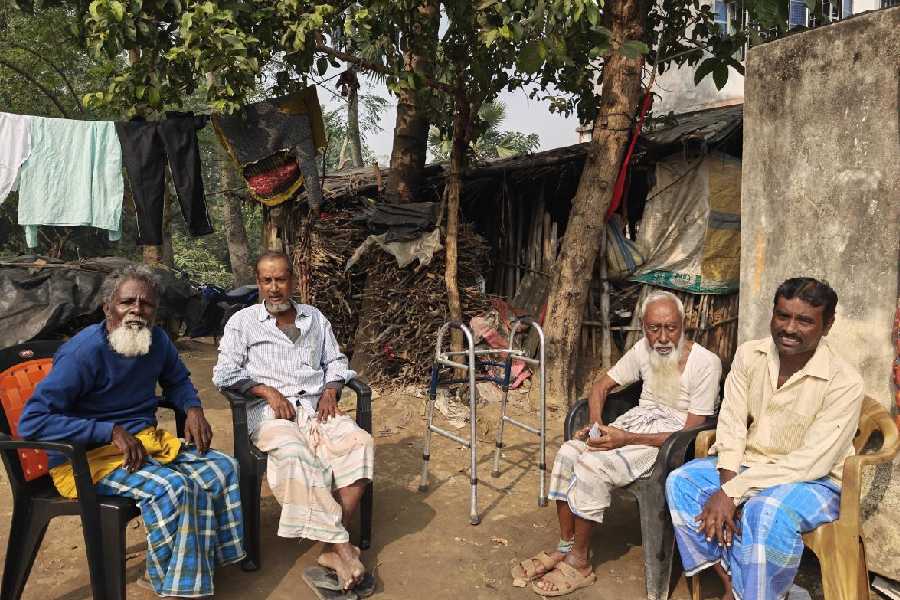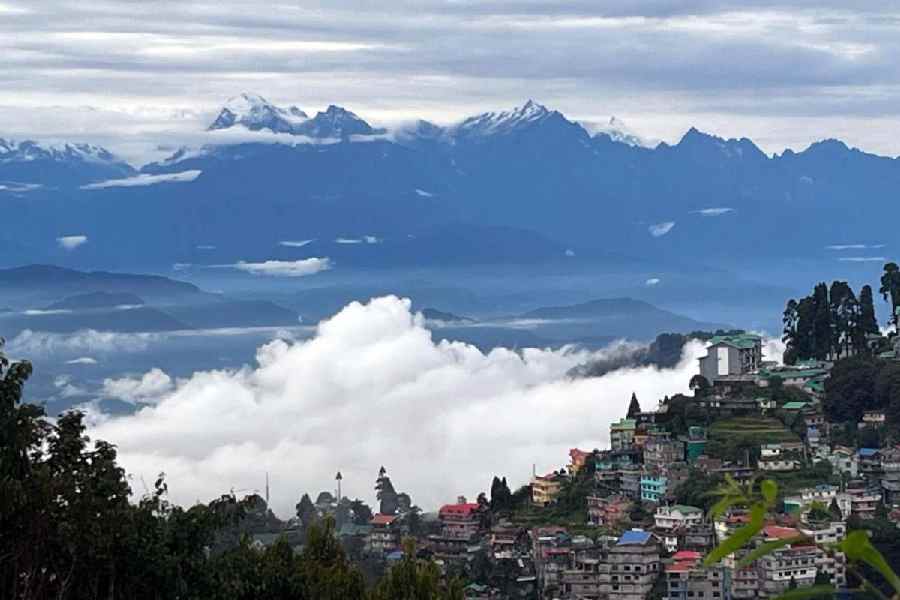In the last episode of the just-concluded pop-epic Game of Thrones, Tyrion Lannister, the enduring imp of the Westeros court, tosses up a rhetorical question on what unites people. He then proceeds with his answer: “Armies? Gold? Flags? Stories. There’s nothing in the world more powerful than a good story. Nothing can stop it. No enemy can defeat it.”
This election, the Opposition to Narendra Modi didn’t have a story. Modi had one. It was the story of stability, of ultra-nationalism, of unabashed majoritarian assertion, most of all, the story of Modi himself, a leader who has towered above all else since he opened his bid for power in 2013.
The Opposition’s story was one of disputing Modi, of labelling him a “chor”; it did not have a narrative of its own. What was it offering India? And under what leadership? It provided no tangible answers to the voter. The Opposition failed to tell a story of itself.
Or it had a broken story. It was, from the very start of the campaign, a story of disunity, disarray and defeat. It wouldn’t be terribly unfair to say that the Congress, the Opposition’s lead act, did not even fight 2019 to win.
Consider this: the Lok Sabha number the Congress’s vaunted data cruncher, Praveen Chakravarty, publicly projected for his party was 144 seats. The estimate was subsequently endorsed as a sign of the Congress’s renewed electoral ebullience by the likes of Madhya Pradesh chief minister Kamal Nath.
For sure, 144 represented a huge leap on the Congress’s 2014 Lok Sabha number of 44. But here’s the more germane way of reading that number. It signifies barely half of the halfway mark in the Lok Sabha; it announced to the electorate ahead of the battle that the Congress didn’t intend victory on its own strength. Why would the voter invest faith in a party that ran with little faith in its own bid?
But had it stitched up a confederacy that would rally on its flanks and shore up numbers? No. Was it infusing cohesion and conviction in what few partners it had here and there? No. Did it have a face to match Modi’s? By a far distance no.
Positing Congress president Rahul Gandhi as a possible alternative to Modi as Prime Minister was, throughout the campaign, an occasion for mirth, if not worse. Paraphrased, the most consistent refrain across the heartland to any suggestion that Rahul could replace Modi was: “Really? But you must be joking.”
Ahead of the campaign, Rahul had struck a note of succinct determination: “We will not let Modi win.” Thereafter, he provided little evidence he wanted to act on his dare. There was no credible attempt to build a national coalition to take on Modi and his formidable poll machine.
In Uttar Pradesh, where it desperately needed crutches, it went in limping and ended up on its face. In Delhi, the bid for an alliance with the Aam Aadmi Party became an embarrassing start-stutter-stop affair that took away more than just the seven Delhi seats; it took away voter confidence from the Congress assertion that 2019 was a battle in which it would “not let Modi win”.
The Congress had one stable partner in the north — Lalu Prasad’s RJD in Bihar. But with Lalu in jail, it was an orphaned alliance that neither Tejashwi Yadav nor Rahul could project with any authority. It was left for far corners of Tamil Nadu and Kerala to shore up the tattered numbers the UPA has returned with a second time running.
Where it did seem to have the beginnings of a story, it lacked an effective teller. NYAY, the Congress’s flagship promise, barely had any resonance on the ground. Far from it, large sections of the electorate seemed not even aware of the promise, the Congress palpably lacked the men or the means to take the message to the ground.
Recurrently on the campaign field in Uttar Pradesh and Bihar — and this echo was brought back by colleagues who travelled to other parts too — I heard the refrain: “Congress charcha mein nahin hai” (Congress is not in the reckoning.)
So even if the Congress had a story — on unemployment, on rural distress, on alleged corruption in the Rafale deal, on the alleged mutilation of institutions — few had got to hear it, or bothered to.
The defining moment of the campaign to me was meeting the desolate chowkidar of the defunct Motihari Sugar Mill in north-west Bihar. In 2014, Modi had famously promised to get the mill going, even said the next time he would come he would sweeten his tea with a spoonful from the mill.
“Promise belied?” I asked the guard. “Yes, so far,” he replied, “but if anyone can get this mill going again, it is Modiji, nobody else.” Such was the investment of faith in him; more importantly, such was the utter lack of faith in any other.
Does it tell us anything that in the 188 seats where the BJP went head to head against the Congress, it won 174 with a 93 per cent victory rate? It probably tells us the Congress could not bring itself to even pretend as contestant in the Game of Thrones; turns out it had no game, turns out it has no throne either.










